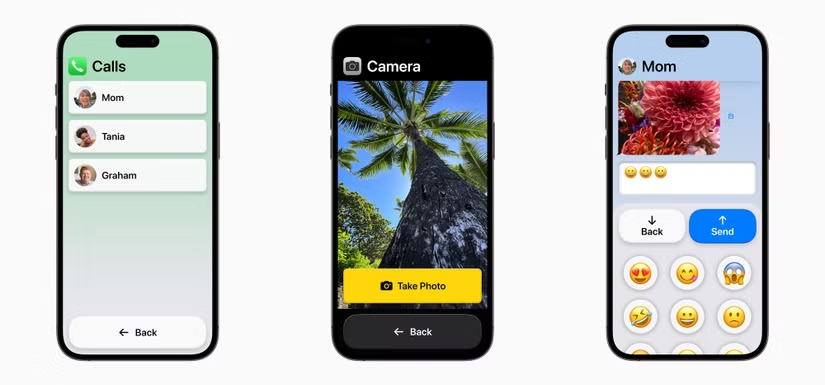1/ The revised pre-print of the misleading paper used by CDC is now available. Rankings are now lower, as I said they would be. medrxiv.org/content/medrxi…
2/ Note that the authors *changed the time period of the study*, selecting only April 1, 2021 - March 31, 2022 for Covid, comparing that to 2019 deaths, increasing the mortality rates for Covid by choosing the worst 12 month window.
3/ Here's what the table for ages 1-4 looks like now. Notice that accidents, which includes car crashes, drowning, fires/smoke, and other accidental deaths is much larger than Covid. 

4/ They also added a % of top 10, which is an odd choice IMO. That helps show the scale, but is misleading bc it's not a percentage of all-cause deaths, just a percentage of the top 10. And it's also odd because the Covid deaths are from a different year than the other deaths.
5/ Here are the rankings that were shown on the CDC slide from the earlier version of the pre-print, and the new rankings. Rankings went down for every age group and are out of the top 5 for every group other than 15-19, which includes adults (18 and 19 year olds). 

6/ Keep in mind that even by manipulating the dates to choose the worst months of Covid they couldn't get Covid to stay in the top 5 for age groups under 15. Is @CDCgov disappointed their big talking point has been officially busted? Will @CDCDirector ever admit it?
7/ Here's the official revision summary from medRxiv. They admitted to the error about not using underlying death data, but they called changing the time period to select the worst 12 month window as "simplifying" the comparison time periods. medrxiv.org/content/10.110… 

8/ Here is a really helpful side-by-side comparison of the previous version and the revised version of the pre-print so you can see the scope of the changes. (Thanks to @susan_bewley for this!)
https://twitter.com/susan_bewley/status/1541953962303184898?s=20&t=M8DgYF4TyDy7IUufK6cNXg
@susan_bewley @threadreaderapp unroll
• • •
Missing some Tweet in this thread? You can try to
force a refresh














